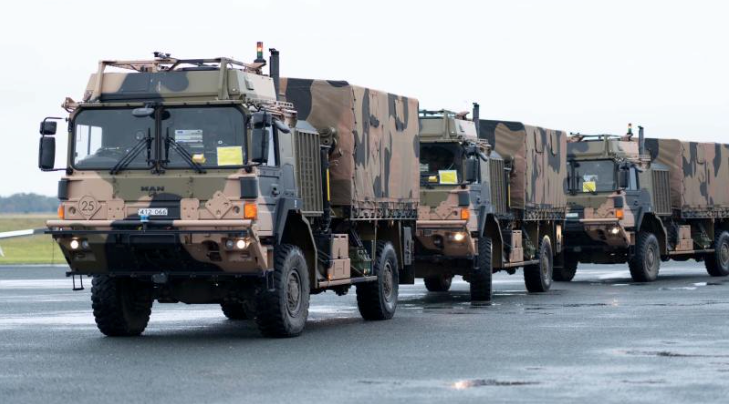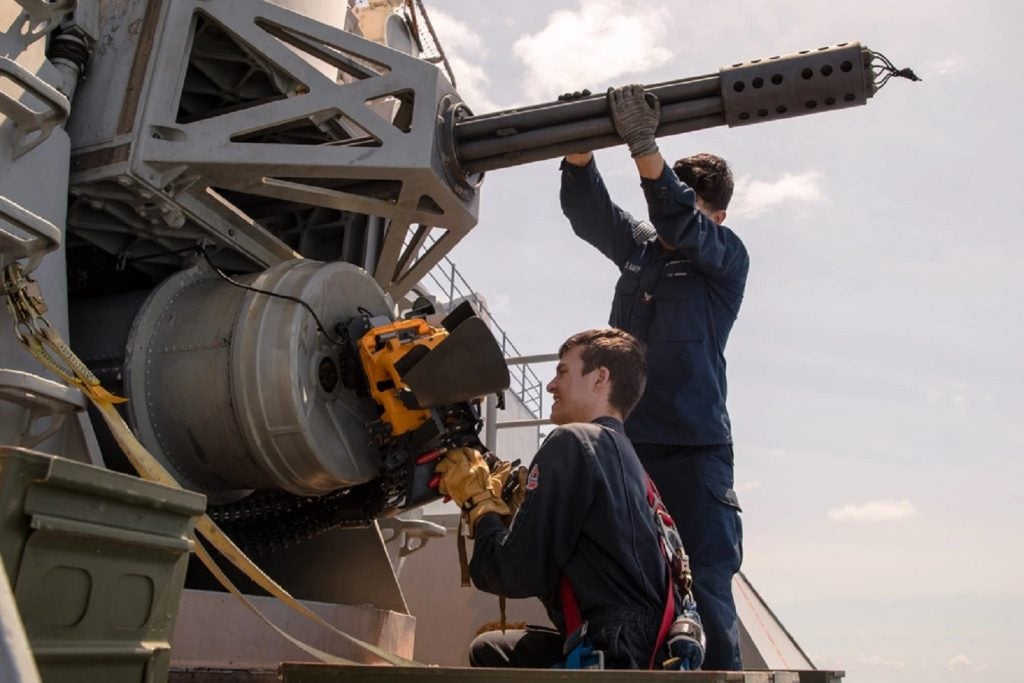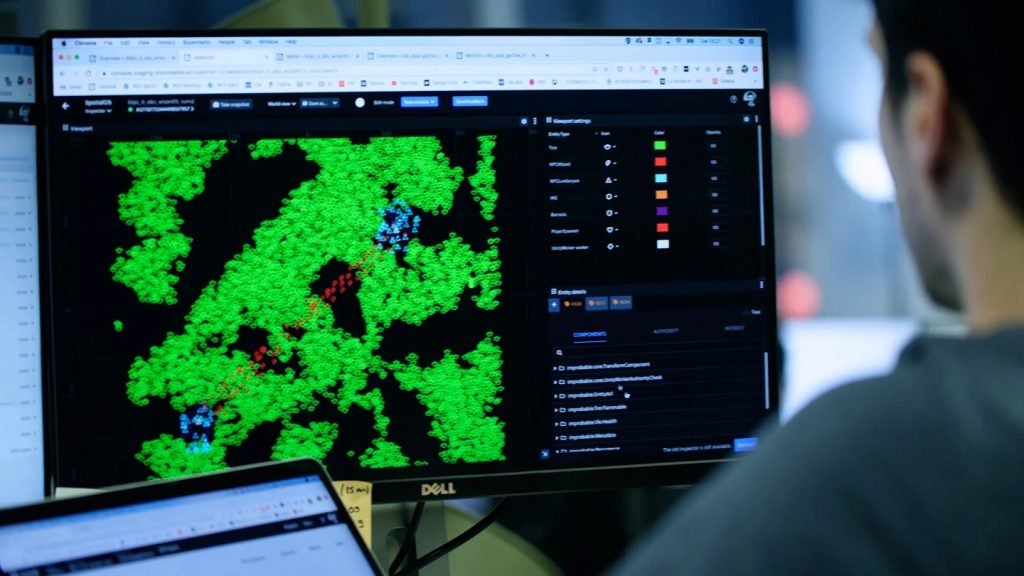On June 6, the Australian Army successfully deployed an autonomous truck convoy on a public road in Victoria for the first time in a recent trial supported by the National Transport Research Organisation and Deakin University.
The Army conducted a highway trial simulating an autonomous resupply mission between Mangalore Airfield and Puckapunyal, via the Goulburn Valley Highway and the Hume Highway. A convoy of four autonomous Army trucks successfully followed a crewed 'leader' vehicle on the public roadways.
As the traffic on the highway intensified, the technology was put under test in real-world conditions, ensuring safe stopping and appropriate distancing from other vehicles, all while following the path set by the lead vehicle.
According to Colonel Robin Smith from the Army's Future Land Warfare Branch, the autonomous vehicles performed well, and demonstrated the potential of utilising a convoy to conduct a resupply operation between an airfield and a military base.
“Down the track, technology like this could remove our soldiers from dangerous environments, or help free soldiers up for other roles,” said Smith.
In October 2021, the Australian Department of Defence put a five-vehicle convoy was put through testing over a two-week period, with testing conducted at the Defence’s Trials and Proving establishment at Monegeetta, Victoria, after Deakin University’s Institute for Intelligent Systems Research and Innovation (IISRI) was awarded a $3.5m contract to expand leader-follower vehicle technology prototyping in August 2020.
IISRI and the Australian Army’s Robotic and Autonomous Systems Implementation and Coordination Office (RICO) used modified Land 121 40M cargo trucks to develop the autonomous leader-follower vehicle technology.
The Australian Army is actively working alongside industry and academia to investigate how technology can enhance mission success while minimising risk to soldiers. As part of its modernisation efforts, they are currently conducting a trial that involves the exploration of various cutting-edge technologies such as human machine teaming, quantum technology, artificial intelligence, and electrification.











